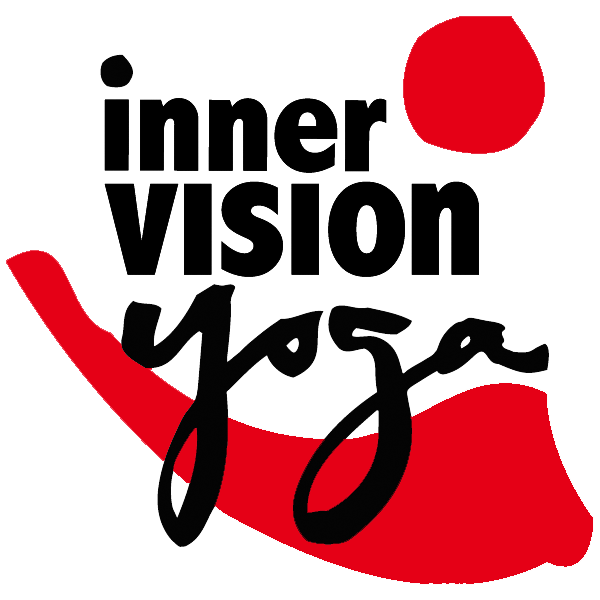Ashtanga Yoga
Background and Introduction By Michelle Hegmon
Ashtanga means eight limbs in Sanskrit and refers to the eight limbs of Yoga set forth by Patanjali in the Yoga Sutras: Yamas (external discipline, ethics), Niyamas (internal discipline), Asana (posture or seat), Pranayama (breath control), Pratyahara (sensory withdrawal), Dharana (focus, concentration), Dhyana (meditation), and Samadhi (integration).
The practice of what is today known as Ashtanga Yoga is derived from the teachings of Sri T. Krishnamacharya (1888-1989). Krishnamacharya, a great student of the Yoga Sutras, was especially concerned with using yoga to help and heal people. Together with his students (including his son T.K.V. Desikachar, author of the Heart of Yoga; B.K.S. Iyengar; Indra Devi; and K. Pattabhi Jois) Krishnamacharya moved forward the practice of hatha (active or forceful) yoga in the 20th century. Krishnamacharya and Pattabhi Jois found, in archives in India, ancient texts
describing series of postures, and Pattabhi Jois was entrusted with teaching these series as Ashtanga Yoga. Pattabhi Jois now directs and teaches at the Ashtanga Yoga Research Institute in Mysore, south India.
(Please click on a link below to learn more)
1) The Ashtanga invocation.
2) Surya Namaskara: Five sun salutations A and B, typically counted in Sanskrit.
3) Ashtanga Standing Series (list below)
Padangusthasana – big toe posture
Padahastasana – hand to foot posture
(Utthita) Trikonasana – triangle (extended)
Parivritta Trikonasana – revolving triangle
Utthita Parsvakonasana – extended side angle posture
Parivritta Parsvakonasana – revolving side angle posture
Prasarita Padottanasana A, B, C, D – spread out feet intense stretch
Parsvottanasana – side intense stretch
Utthita Hasta Padangusthasana A, B, C, D – Extended hand to big toe posture
Ardha Baddha Padmottanasana – Half bound lotus intense stretch
Vinyasa to Utkatasana – flow to fierce/awkward (also known as chair) posture
Vinyasa to Virabhadrasana A, then B (warrior A, then B)
4) The sequence of postures unique to the given series, such as primary/first series or second series.
5) The finishing sequence.
Today, especially in the west, Ashtanga is often taken to mean these series of postures. The series, when practiced with care and awareness, provide the perfect opportunity to connect with the original meaning of Ashtanga, the eight limbs: A safe practice demands and teaches us the first two Yamas (non-harming and truthfulness). The flowing (vinyasa) quality of the series links the asana, breath, and gaze (drishti), as well as the bandhas (locks). Eventually, the series become practices of sensory withdrawal and concentration, which prepare us for meditation, and help us to find integration.Michelle Hegmon, a Certified Yoga Teacher and Professor of Anthropology, teaches regular yoga classes at Inner Vision Yoga.
